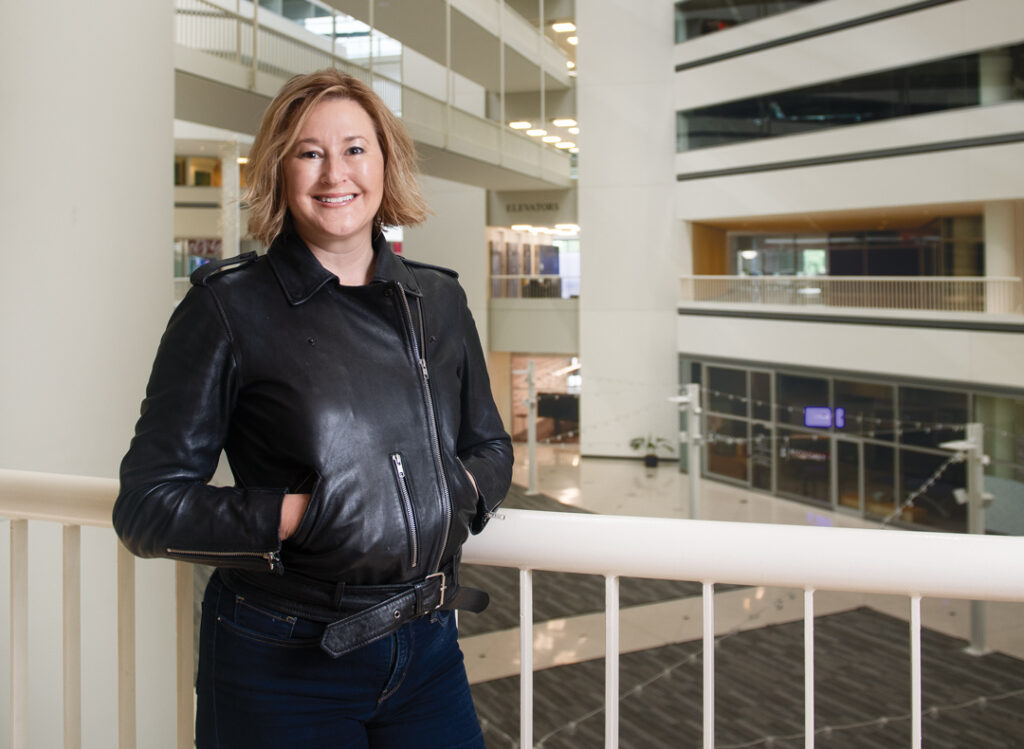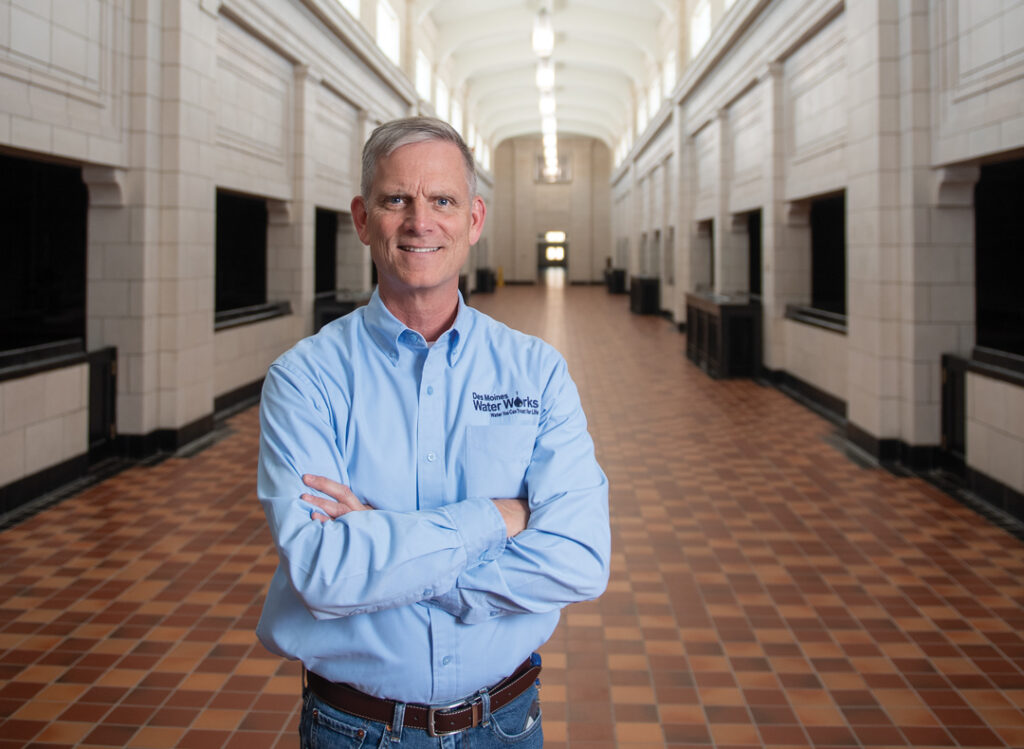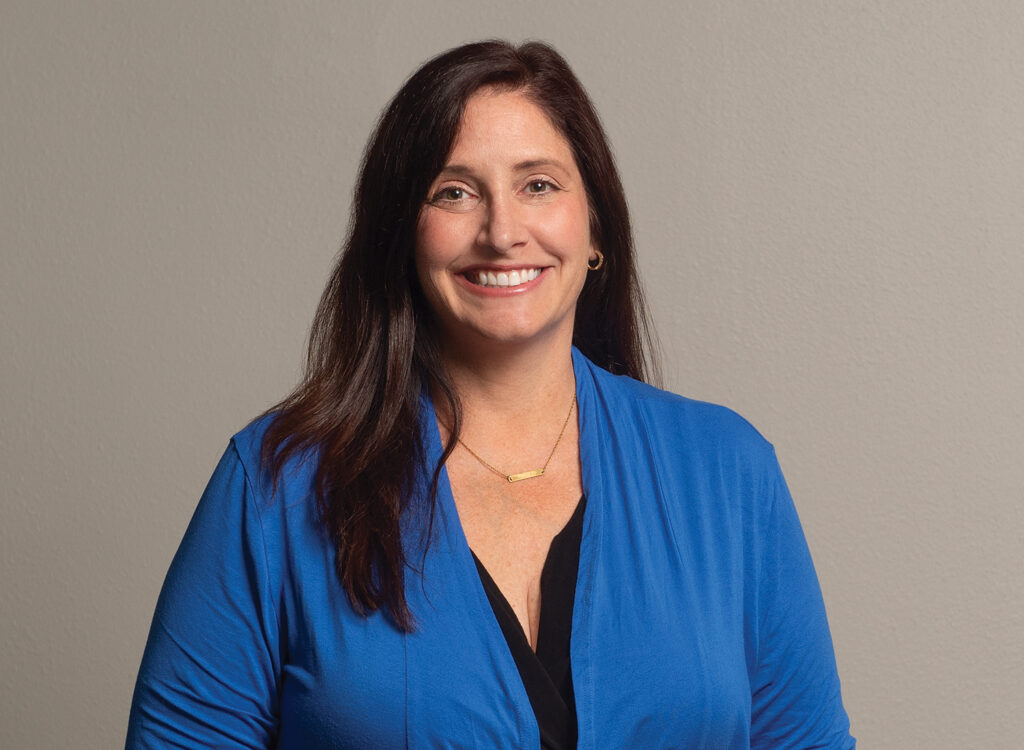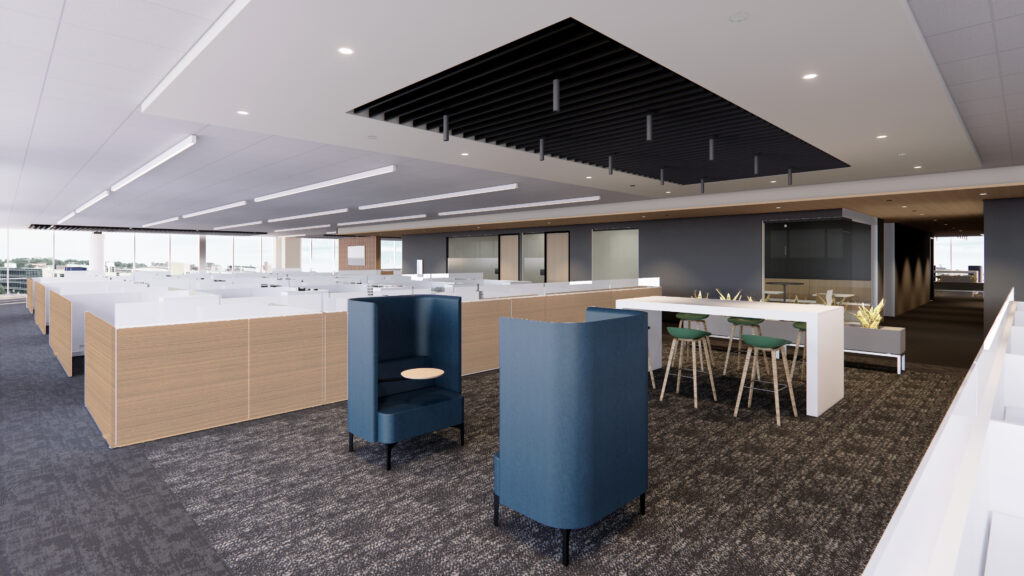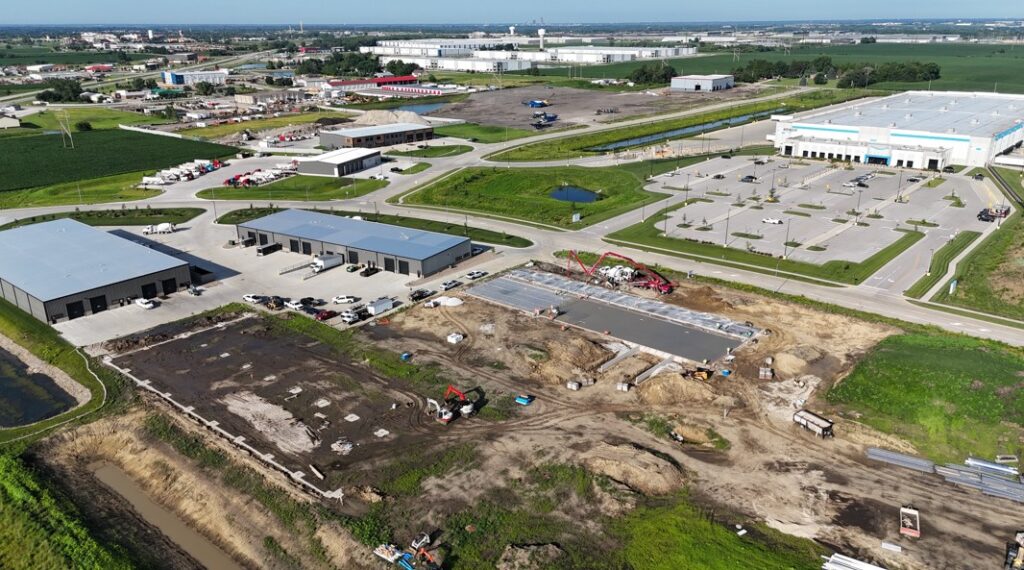Bridges and parking garages generate a TIF for Des Moines

KENT DARR Jun 17, 2015 | 9:29 pm
3 min read time
621 wordsBusiness Record Insider, Real Estate and DevelopmentDes Moines City Manager Scott Sanders would be plenty pleased if a civic-minded soul, preferably one with deep pockets, walked into his office and offered to buy a city-owned parking ramp or two.
“I would buy them lunch,” he said, not with city funds, mind you, but out of his own pocket.
A presentation this week to the city’s Urban Design Review Board pointed to the costly challenge the city faces in maintaining, demolishing and rebuilding the five ramps, not to mention downtown bridges, which are on a long-term plan for replacement or repair.
By factoring in those costs and the anticipated use of tax increment financing from the city’s sprawling Metro Center Urban Renewal Area, plus adding in another 10 percent for projects that haven’t been proposed but could be reasonably expected to show up at City Hall, the city could reach a cap on the amount of TIF funds used for economic development.
This is a complicated process with a simple calculation provided in the 1990s by the City Council, which passed an ordinance requiring that at least 25 percent of TIF revenues be returned to Polk County for distribution to various taxing entities. In other words, no more than 75 percent of TIF revenues could be used as economic development incentives or for public infrastructure projects, such as the maintenance, repair and replacement of bridges and parking ramps.
Andrea Hauer, a TIF specialist in the city’s economic development department, told the Urban Design Review Board that the threshold could be reached by 2019.
Her numbers are based on a “very conservative” estimate that revenues in the Metro Center Urban Renewal Area could increase by 1 percent a year.
Also part of the best guess was an anticipation, based in large part on the cavalcade of development projects the city has entertained in recent years, that as yet unidentified projects would boost demand for TIF another 10 percent.
“The projections are not representing obligations we have today,” Sanders said.
They do represent anticipated costs of replacing parking ramps and downtown bridges. Sanders said the city is looking for sources other than TIF revenues to pay a large part of those costs.
The ramp in focus for the moment is at Seventh Street and Grand Avenue. The city sought to find a developer who would demolish it, rebuild it and put something fancy on top. That plan was abandoned when the developer could not bridge a financing gap.
So the city will spend an estimated $22 million to tear it down and replace it. Another development team plans to build a luxury apartment building on top at an estimated cost “well north of $40 million.”
The city would prefer not to use TIF for the apartment project, but Sanders conceded that those funds likely will make up some part of the financing.
Sanders said he is not concerned about losing TIF as an economic development tool. His focus is on making sure that the percentage of those funds that are released to general funds remain more in the range of 35 percent of total TIF revenues in the urban renewal area, rather than the 25 percent that is projected.
It is anticipated that this year alone, the city will use $640 million in TIF revenues and return $364 million to Polk County for distribution to the city, schools and other taxing entities.
The Metro Center Urban Renewal Area was created in March 2000 from the combination of two districts, one of which dates to 1973.
The area has an assessed property value of about $1.3 billion, with $946 million amounting to added value from development projects.




